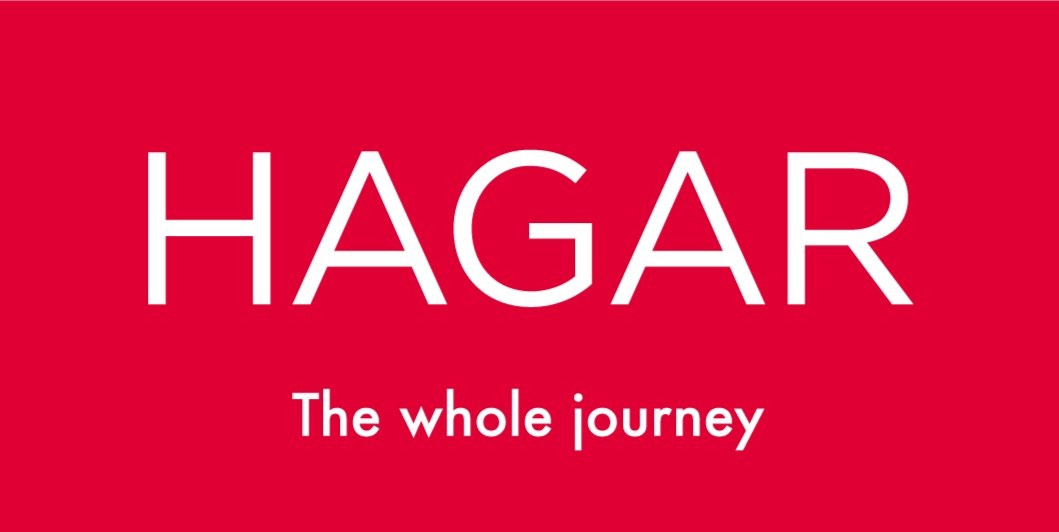Modern Slavery: Unmasking a Global Crisis
Modern slavery, a term that may seem incongruous with the 21st century, is a harsh and unyielding reality for millions of people around the world. This blog delves into the definition of modern slavery and provides a glimpse of the key statistics that underscore its pervasive existence, emphasising the urgent need for awareness and action.
Modern slavery, often used interchangeably with human trafficking, encompasses a range of exploitative practices that deprive individuals of their freedom and dignity. It is a multifaceted issue, manifesting in various forms such as forced labor, exploitation, child labor, forced marriage, and more. At its core, modern slavery involves the use of force, fraud, or coercion to control individuals and subject them to conditions of servitude. Victims of modern slavery, regardless of age or gender, are treated as commodities, bought, sold, and exploited for the financial gain of their captors.
Key Statistics Highlighting the Crisis:
Magnitude of the Issue: The International Labour Organization (ILO) and Walk Free estimates that close to 50 million people are trapped in modern slavery worldwide. This includes both individuals coerced into forced labor and those subjected to commercial sexual exploitation.
Global Spread: Modern slavery knows no boundaries, affecting countries on nearly every continent. Vulnerable populations in regions with weak law enforcement, conflict, and poverty are particularly at risk.
Child Labor: A staggering 12 million children worldwide are engaged in child labor, often performing hazardous work, and being denied the opportunity to receive an education and develop their full potential.
The Role of Conflict and Climate Change: Climate-related factors, coupled with ongoing conflicts, displace millions of people, rendering them more susceptible to exploitation. This intersection of climate change and modern slavery poses a growing threat to vulnerable populations.
Human Trafficking: A significant portion of modern slavery involves human trafficking. In Afghanistan, Cambodia, and Vietnam, as per the Global Slavery Index, victims, often lured by the false promise of work, are trapped in a cycle of exploitation.
The Urgency: Modern slavery continues to thrive, with the number of individuals trapped within its web increasing by millions every year. It's a crisis that demands immediate attention.
Modern slavery is a grim reality that thrives in the hidden corners of our world. It robs individuals of their freedom, dignity, and potential, leaving scars that can last a lifetime. We must act now, and we must act together. Eradicating modern slavery requires not only awareness but also proactive efforts at the individual, community, and international levels. The fight against this inhumane practice is not just a moral imperative; it is a necessity to build a world where freedom and dignity are the birthright of every human being.
